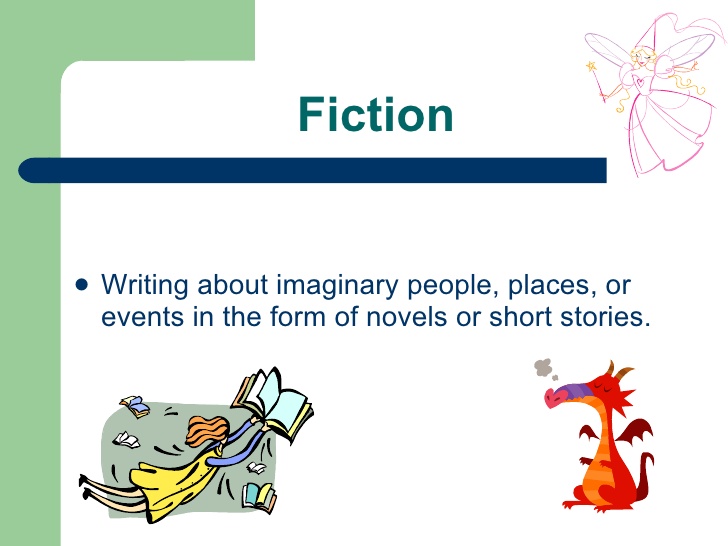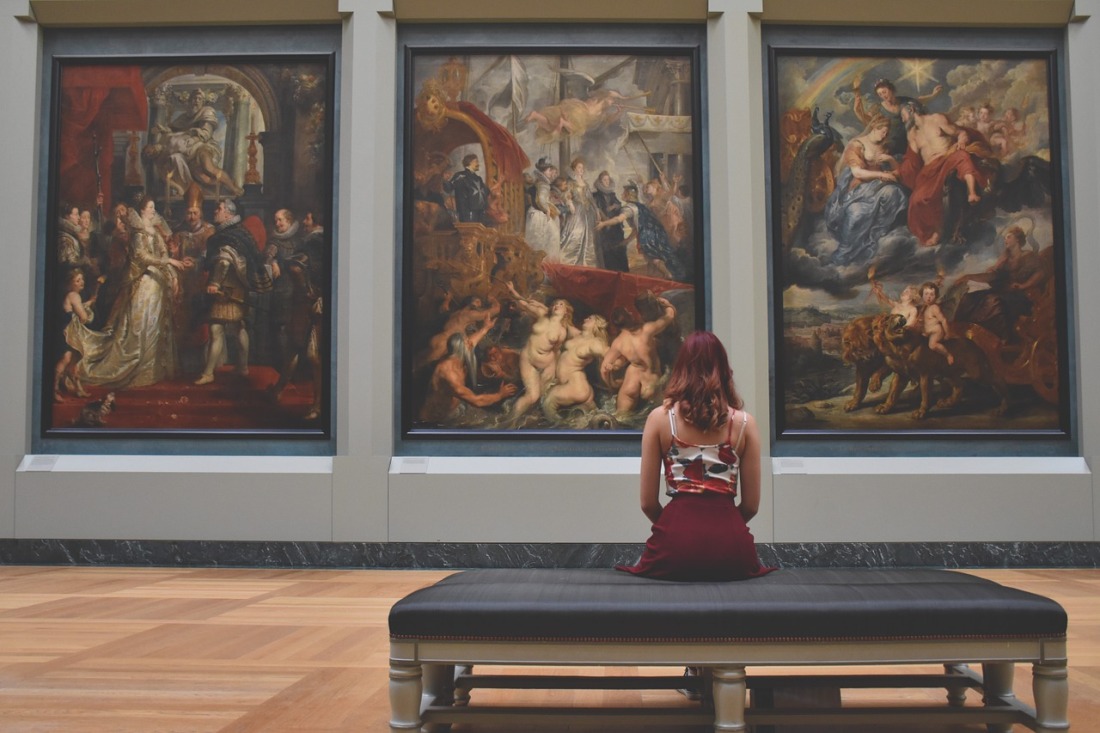
Successful writers will insist that writers are made, not born. Which is very true, as you don’t normally find a child prodigy coming up with fully realized novels, unlike those into other arts like painting, dancing, or playing the piano. This, in effect, shows that everyone can become good writers in time and that a would-be writer simply needs to focus on tools they can master. Below are the elements of fiction for those aspiring to be a novelist or short story writer.
The three main fiction elements go together: plot, character, and setting. Something must happen (plot) to somebody or something (character) at some point in time and place (setting). No story occurs in a vacuum and writers must labor to conjure believable characters in clearly defined contexts.
Of course, someone must tell the story, so deciding on the point of view is equally important. The writer must decide which PoV best suits the story’s subject and best showcases their style. The standard ones are the first person, third person limited, and omniscient (all-knowing) narrator.
Next is the conflict. Why even tell a story in the life of a character if there isn’t a problem that needs facing or addressing? This culminates in the climax and resolution, in which that conflict source is addressed if not necessarily solved.
Again, keep in mind that resolutions don’t mean providing solutions but convincingly showing readers why characters decide to change or not. Unlike bestsellers, true literature does not necessarily need to have happy endings; it merely reflects our humanity, with all our flaws, faults, and small redemptions. This ultimately defines and distinguishes the theme, that unique insight into the so-called human condition.
Hey, everyone. I’m Jeff Mohlman, born and raised in Ohio and currently pursuing a degree in English Literature. Ever since I was in third grade, I’ve wanted to be a writer. When I’m not busy with my lit, comm, and art classes, I share my insights on movies and artwork. Visit this pagefor more info about me.















